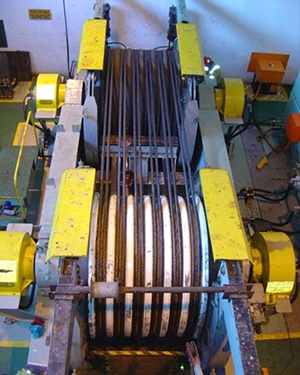Bearings are widely used in industrial applications and are considered a crucial component. Bearing failures, when not detected in time, are responsible for the unscheduled shutdown and expensive downtime. They may even lead to catastrophic breakdowns.
Slow speed-bearing monitoring is a different story. When speaking about rotation speeds of less than 250 rpm the “normal” technologies, such as vibration or thermography, are usually blind to problems until it is too late. In slow speed bearing applications, early failure detection remains a notorious problem … for those who do not use ultrasound.

Monitoring the condition of slow speed bearings with ultrasound can reveal pitting, impacting, rubbing, and other mechanical defects well in advance of the failure stage. Dynamic data is best analyzed in the time domain but it is important that a long enough time sample be captured. The golden rule is to capture 3 to 4 revolutions of the bearing.
So deciding how long is long enough is a matter of multiplying the number of shaft rotations (4) by the period (p). The period is the reciprocal of frequency or:
p = 1?f
If you want to capture 4 rotations on a 15RPM bearing, therefore:
p = 1?0.25 * 4 = 16 seconds of data
To make data collection easy, the acquisition time parameter can be set up as part of your survey. So when you are creating your database in Ultranalysis Suite Software (UAS) simply enter 16 seconds.
Filed under:
Ultrasound by Allan Rienstra - SDT Ultrasound Solutions
